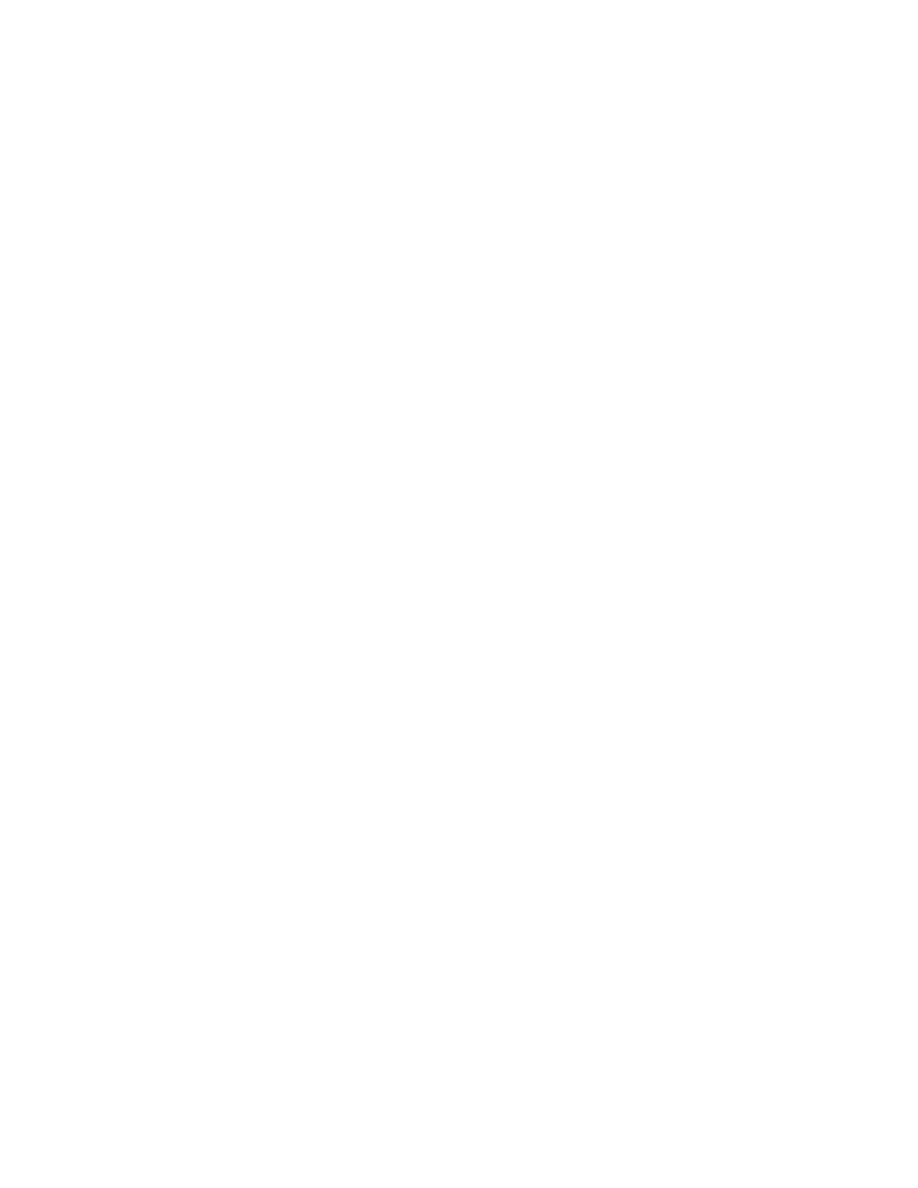
663
Federal Aviation Administration, DOT
§ 29.1387
§ 29.1359
Electrical system fire and
smoke protection.
(a) Components of the electrical sys-
tem must meet the applicable fire and
smoke protection provisions of §§ 29.831
and 29.863.
(b) Electrical cables, terminals, and
equipment, in designated fire zones,
and that are used in emergency proce-
dures, must be at least fire resistant.
(c) Insulation on electrical wire and
cable installed in the rotorcraft must
be self-extinguishing when tested in ac-
cordance with Appendix F, Part I(a)(3),
of part 25 of this chapter.
[Doc. No. 5084, 29 FR 16150, Dec. 3, 1964, as
amended by Amdt. 29–42, 63 FR 43285, Aug. 12,
1998]
§ 29.1363
Electrical system tests.
(a) When laboratory tests of the elec-
trical system are conducted—
(1) The tests must be performed on a
mock-up using the same generating
equipment used in the rotorcraft;
(2) The equipment must simulate the
electrical characteristics of the dis-
tribution wiring and connected loads to
the extent necessary for valid test re-
sults; and
(3) Laboratory generator drives must
simulate the prime movers on the
rotorcraft with respect to their reac-
tion to generator loading, including
loading due to faults.
(b) For each flight condition that
cannot be simulated adequately in the
laboratory or by ground tests on the
rotorcraft, flight tests must be made.
L
IGHTS
§ 29.1381
Instrument lights.
The instrument lights must—
(a) Make each instrument, switch,
and other device for which they are
provided easily readable; and
(b) Be installed so that—
(1) Their direct rays are shielded
from the pilot’s eyes; and
(2) No objectionable reflections are
visible to the pilot.
§ 29.1383
Landing lights.
(a) Each required landing or hovering
light must be approved.
(b) Each landing light must be in-
stalled so that—
(1) No objectionable glare is visible
to the pilot;
(2) The pilot is not adversely affected
by halation; and
(3) It provides enough light for night
operation, including hovering and land-
ing.
(c) At least one separate switch must
be provided, as applicable—
(1) For each separately installed
landing light; and
(2) For each group of landing lights
installed at a common location.
§ 29.1385
Position light system installa-
tion.
(a)
General.
Each part of each posi-
tion light system must meet the appli-
cable requirements of this section and
each system as a whole must meet the
requirements of §§ 29.1387 through
29.1397.
(b)
Forward position lights.
Forward
position lights must consist of a red
and a green light spaced laterally as
far apart as practicable and installed
forward on the rotorcraft so that, with
the rotorcraft in the normal flying po-
sition, the red light is on the left side,
and the green light is on the right side.
Each light must be approved.
(c)
Rear position light.
The rear posi-
tion light must be a white light mount-
ed as far aft as practicable, and must
be approved.
(d)
Circuit.
The two forward position
lights and the rear position light must
make a single circuit.
(e)
Light covers and color filters.
Each
light cover or color filter must be at
least flame resistant and may not
change color or shape or lose any ap-
preciable light transmission during
normal use.
§ 29.1387
Position light system dihe-
dral angles.
(a) Except as provided in paragraph
(e) of this section, each forward and
rear position light must, as installed,
show unbroken light within the dihe-
dral angles described in this section.
(b) Dihedral angle
L
(left) is formed
by two intersecting vertical planes, the
first parallel to the longitudinal axis of
the rotorcraft, and the other at 110 de-
grees to the left of the first, as viewed
when looking forward along the longi-
tudinal axis.
VerDate Sep<11>2014
12:50 Apr 30, 2019
Jkt 247046
PO 00000
Frm 00673
Fmt 8010
Sfmt 8010
Y:\SGML\247046.XXX
247046
spaschal on DSK3GDR082PROD with CFR